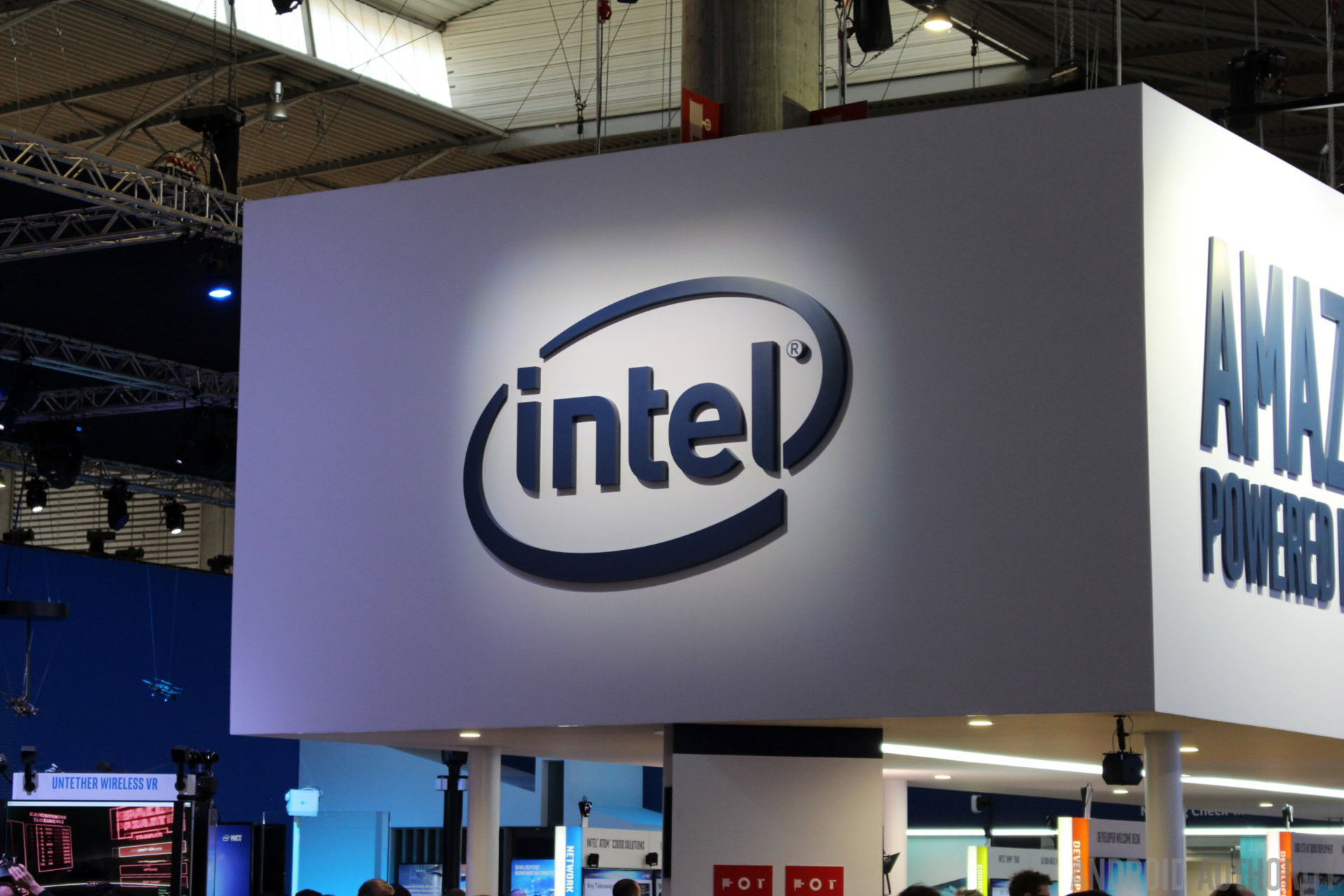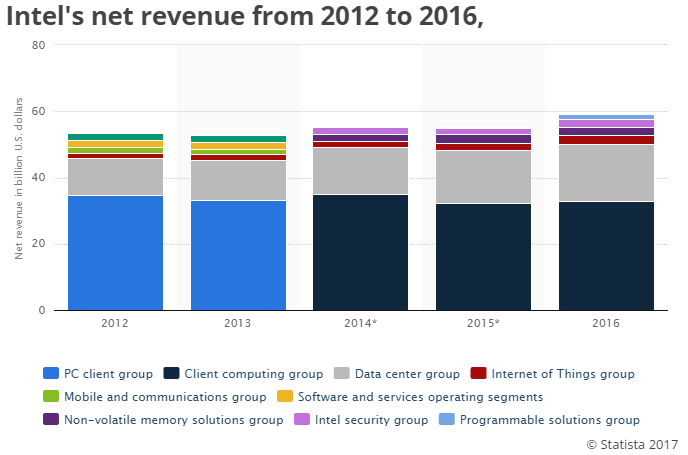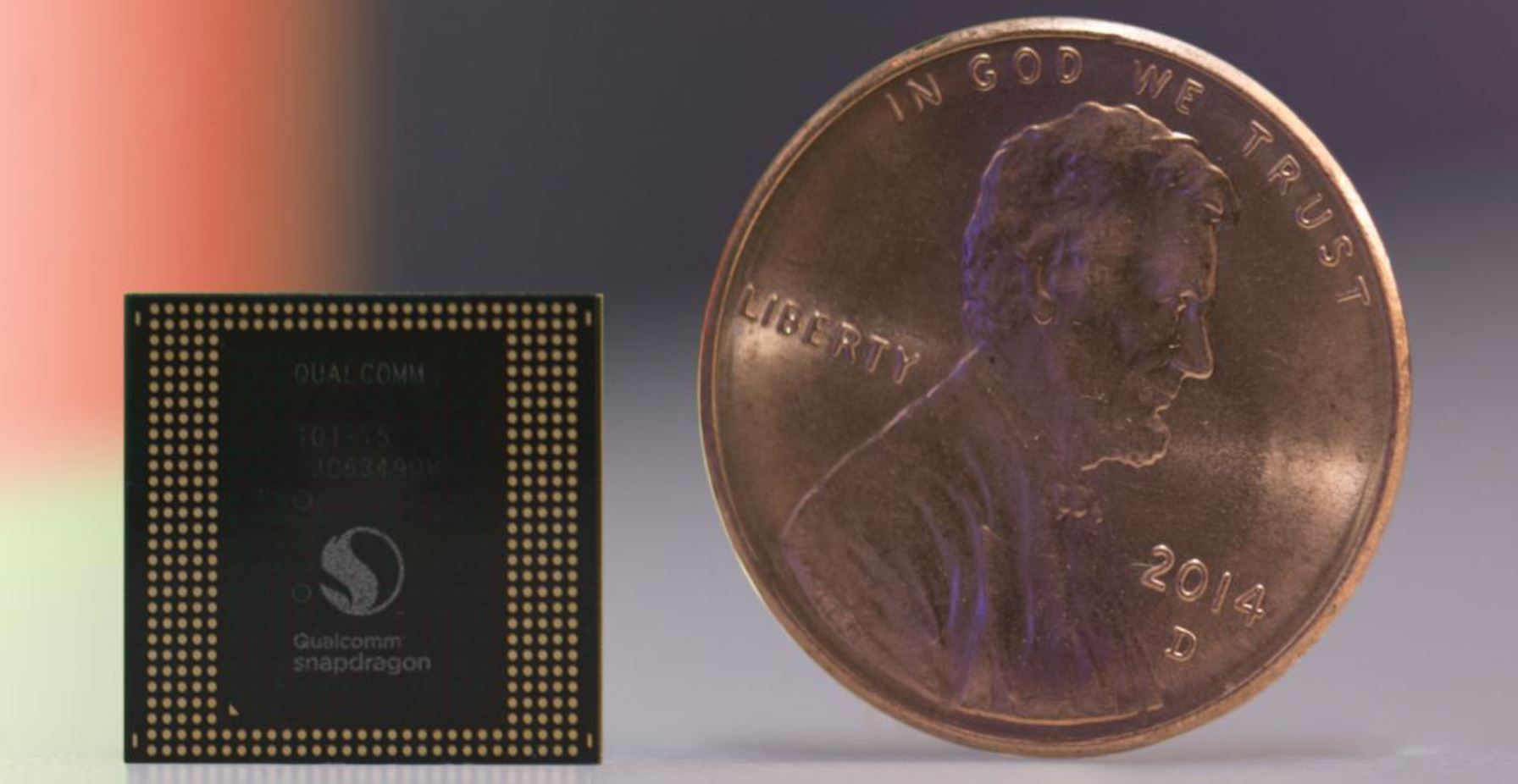Affiliate links on Android Authority may earn us a commission. Learn more.
Is Intel rattled about Windows emulation on the Snapdragon 835?

With smartphone hardware becoming increasingly powerful while simultaneously boasting power efficiency and integrated network connectivity, news from Computex 2017 that Microsoft and Qualcomm had been collaborating to enable full Win32 app support on the Snapdragon 835 seems almost overdue.
With a number of big name manufacturers already queueing up to launch Snapdragon-powered systems, the laptop market could be in for a major shakeup. Intel’s response has been perhaps even more predictable, using the 40th anniversary of its x86 architecture to warn of the potential legal implications should these emulation efforts infringe on its patented instruction set.
Although Intel didn’t direct its comments at any particular party, the company seems keen to stress not only the performance benefits of native x86 apps, but also the strength of its instruction set patent portfolio. Clearly, it’s a warning to some perceived threat, and that can only be Microsoft and Qualcomm.
For a little background, the vast majority of smartphone processors, including Qualcomm’s Snapdragon range, are based on ARM’s instruction set and architecture. This differs from Intel’s x86 architecture that the company uses for its processors, and the complications begin to arise when it comes to compiling an operating system and software for a specific processor architecture. Newer and even many current Windows applications are compiled solely for x86, and so simply won’t run on an ARM-based processor. The workaround is to emulate these instructions in software, thereby allowing ARM hardware to run the full suite of Windows applications.
Of course, it’s up to Microsoft to do what it wants with its operating system, and supporting ARM-based hardware now seems like a core part of the company’s plan to increase the Windows 10 install base on always connected devices. However, Intel’s warning is related to the patented portions of its x86 instruction set, many of which are used to speed up execution of a wide range of software tasks, ranging from SIMD math to AES-NI encryption, MMX for audio and graphics, and various security extensions. In total, Intel holds some 1,600 patents relating to instruction set implementations.
'Intel welcomes lawful competition, and we are confident that Intel's microprocessors, which have been specifically optimized to implement Intel's x86 ISA for almost four decades, will deliver amazing experiences ... However, we do not welcome unlawful infringement of our patents, and we fully expect other companies to continue to respect Intel's intellectual property rights' - Steven Rodgers, Intel VP
Whether or not Microsoft and Qualcomm can find a way around this threatening patent issue remains to be seen. From what we know about the emulation strategy so far, the core operating system is running on pure ARM code, so there are unlikely to be any issues there. Even Universal Windows Platform (UWP) apps downloaded from the Windows Store will be compiled as native ARM programs.
The emulation issue only rears its head when running current and older x86 applications. Based on what we’re seeing so far, Microsoft’s work is starting to look more like a compatibility layer than out an all-out emulation, with native ARM code stepping in for existing Microsoft DLLs and OS functions.
Interestingly, this “emulation” is based on Microsoft’s existing Windows-on-Windows layer, which is already used on 64-bit x64 hardware, including Intel and AMD machines, to run x86 applications. For a closer look at how Microsoft’s x86/ARM emulator works, check out the video below.
What’s particularly interesting about Intel’s complaint is that emulation is far from a new idea; the Snapdragon 835 example isn’t the first time this has been tried on non-Intel hardware. The FX!32 software emulator ran Win32 programs on DEC-Alpha based systems back in the 1990s, Microsoft already ships an x86 emulator as part of its Windows malware protection engine, and then there’s QEMU that runs a variety of OSs on a number of support architectures.
In its blog post, Intel attempts to up the threat by citing precedent with the successful use of its SIMD patent portfolio to shut down code morphing x86 emulation from Transmeta used in its Crusoe family of microprocessors. While there’s no doubt that Intel is serious, Transmeta’s method looks quite different to Microsoft’s, especially as Windows will actually be running on native ARM code and they’re not building a processor specifically for emulation, so it’s not exactly a copy and paste example for any courts. In response, Qualcomm doesn’t appear too worried about the threat, although Microsoft is remaining quiet on the issue.
'Given our recent announcement with ASUS, HP and Lenovo, we found the blog that one of our competitors published on June 8 very interesting ... We look forward to the launch of the always connected Windows 10 PC powered by the Qualcomm Snapdragon 835 Mobile PC Platform later this year.' - Qualcomm spokesperson
Of course, Intel has a vested interest in shutting down any serious emulation effort as quickly as possible. The company has been a clear leader in the PC space for a number of years now, retaining between a 70 and 80 percent of the market share and squeezing its only chip rival AMD down to as low as 20 percent over the past decade.
The dominant market position has left Intel with an ability to charge a premium for its processors, and the threat of a low cost alternative capable of running Windows applications would undermine the company’s profit margins and would, arguably, put competition back on track. This makes the prospect of any sort of licensing deal highly unlikely.
Last year, Intel’s Client Computing Group, its largest group that includes desktop/laptop component sales, pulled in revenue worth $32.91 billion and $8 billion in Q1 2017, which almost doubles the revenue from its second place Data Center Group.

Laptops and 2-in-1s with LTE connectivity might reinvigorate the market. Qualcomm's mobile platforms seem like a natural fit for this new market segment and Intel has no competing products after cancelling SoFIA.
Compounding the issue is the fact that certain segments of the laptop market have shown a little more resilience to the slow decline of the PC market, with low cost, low power laptops and the Chromebook market actually showing some growth. That’s exactly the type of product that a Snapdragon processor running Windows 10 could fit into, and a market that Intel would not want to lose.
In this market segment, the real danger for Intel is the connectivity options being offered by integrated SoCs like Qualcomm’s Snapdragons. Bluetooth, WiFi, and LTE support all come on the chip, offering up a cost effective solution for product developers. Intel was slow to market with its LTE modems and still doesn’t have any competing integrated SoCs for portable products after abandoning LTE-SoFIA Atom development. With 5G technologies not too far away either, enhanced connectivity in the laptop space is likely to be a big selling point going forward, and Qualcomm is well ahead of Intel in this regard.

It’s not just Qualcomm that could potentially be a threat to Intel’s bottom line though. Presumably Microsoft could open up its technology to a wide range of ARM-based SoC designers, including Samsung, NVIDIA, and MediaTek, amongst others. There’s also bound to be concern that Apple may move away from Intel hardware towards its own in-house, ARM-based, A series of processors for its Mac hardware, if Microsoft proves that it’s doable. Again, Apple’s Macbook sales have been more resilient than other declining PC sales, so the company is a hugely valuable customer to Intel. Apple’s in-house designs have proven powerful and profitable for its iPhone and iPad products, and it seems likely that the company wouldn’t turn down the opportunity to bring laptop chip development in-house too, if it was viable. However, there’s no sign that Apple is working on any x86 emulation software of its own just yet.

Wrap Up
Intel’s sabre rattling is almost certainly aimed at Microsoft and Qualcomm’s collaboration, and the company rightly has some causes for concern. The prospect of low cost, well connected laptops with full Windows 10 and x86 compatibility will be tempting to a number of consumers. For Microsoft, it’s also a much needed play to halt of the march of the Chromebook, and this looks like the company’s best way into the connected market after missing out on the smartphone boom.
Intel consumer grade chip revenue doubles that of its data business, and low cost ARM hardware could seriously upset Intel's largest business segment.
However, we’re yet to see how well this emulation works when contending with heavier workloads, and there’s always going to be some performance trade-offs compared with running code natively. Still, Snapdragon powered products won’t be competing against top-tier laptop processors anyway, and native UWP app support might be enough for most day-to-day use cases.
Qualcomm expects that we’ll see our first Snapdragon 835 powered laptops running Windows 10 before the end of the year. We can almost certainly expect a more robust and legal sounding tone from Intel once products actually hit the shelves, and perhaps even another long running expensive legal battle to look forward to.